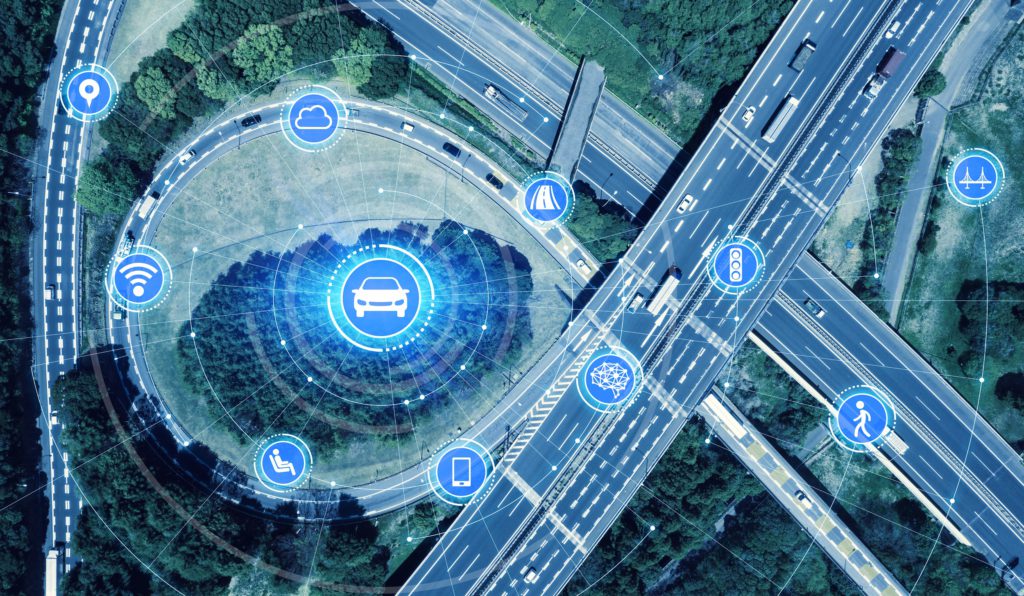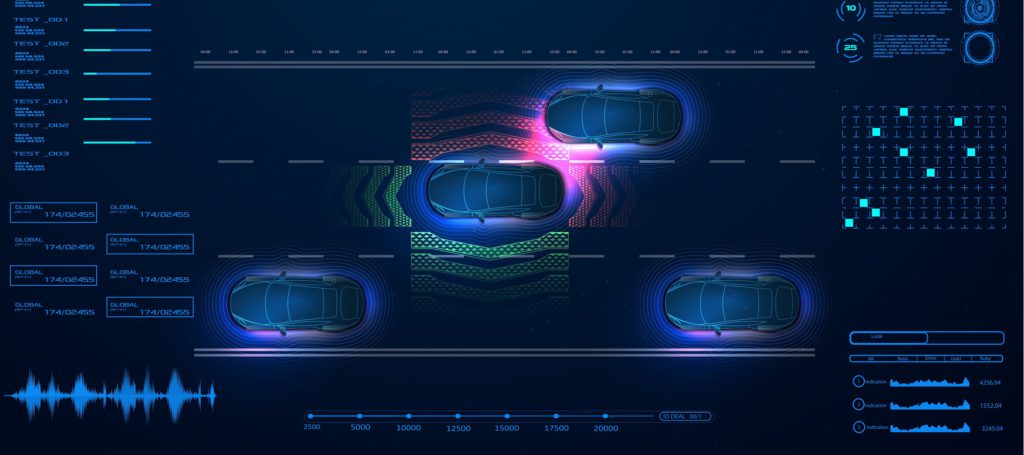Do autonomous vehicles support the quest for sustainable mobility?
17 September 2021

Managing the technological challenges around automotive megatrends is a mammoth task. The sector’s entire ecosystem has been facing change and disruption that many thought was not possible a couple of years ago. There are further stipulations that will stretch us: investments into new technologies, like the autonomous vehicle, must be sustainable. Dr Christof Engelskirchen, chief economist of Autovista Group, explores the sustainability conundrum of the autonomous vehicle.
Risks of green-washing accusations
Sustainability is one of the most frequently used concepts in an automotive CEO’s speech. At the same time, there has been a new appreciation of the dangers of green-washing. Capital markets are paying closer attention to sustainable investments and a green agenda is a powerful argument in the search for key staff.
It does not come as a surprise that IAA Mobility 2021 emphasised sustainability as a major theme. The exhibition used to focus on the car and its suppliers. But this year, bicycles, multi-modal mobility, public transport and car-sharing commanded a substantial share of attention. Autonomous-vehicle technology will receive more attention, dependent upon whether it is harmful or helps to create sustainable mobility solutions.
Individual autonomy is not sustainable
Societies have begun serious attempts to withdraw a substantial number of cars from city centres. Imagine a world where one third of cars have left urban zones and city planners leverage the new space for bicycles lanes, sidewalks and improved public transport. Likewise, autonomous shuttles and buses will demand more space, if operated in a safe, non-mixed traffic situation.
The autonomous car could be detrimental to this scenario if use cases focus on individually owned cars. These would take users to the city centre in the morning and then drive themselves home before picking users up again in the evening. Not only would that result in more traffic, it would also increase the number of cars on the road, energy consumption, mobile data traffic and demand for cloud space. Furthermore, people might choose to live further away from their place of work as they now have the autonomous means to leisurely commute longer distances.
The sustainability conundrum
Autonomous technology can add value to a sustainable mobility, but not if we are simply adding it to our current mobility mix. When effectively utilised, the technology should reduce the inefficiencies in car usage. Furthermore, we should not abuse the autonomy to increase the product of ‘individual miles travelled’ times ‘space occupied by the vehicle’. The following levers could address the challenges around the sustainability conundrum of the autonomous vehicle:
- Capital markets reward sustainable investments. Green-washing has become a tangible threat. Therefore, autonomous-vehicle use cases require an assessment as to their contributions to sustainable mobility.
- Cities will not allow public transport to be cannibalised by the autonomous car. They have already applied the brakes on car-sharing (more space occupied, more cars on the road) and the excessive use of eScooters as a micro-mobility solution. Where autonomous-vehicle technology helps to increase the capacity of public-transport solutions or efficiencies in individual car usage, they will be welcome.
- Seek out urban or rural areas that have weak public transport infrastructure and develop pilots around autonomous technology in such areas.
- Individually operated autonomous vehicles represent a particular sustainability challenge. They will likely represent a niche player. Besides the arguments laid out above and their high costs for the individual holder, the higher frequency of servicing and maintaining the technology adds to the bill.
- Automated parking is arguably an expensive use case but one that can reduce the space needed to ‘store’ a car. Imagine large hub-like parking garages that have the means to absorb individual cars and provide access to convenient public-transport infrastructure.
- Mixed traffic of autonomous and non-autonomous vehicles, even if technologically feasible, would not mix well. The more defensive approach of the autonomous vehicle paired with the more opportunistic driving style of many human drivers would result in gridlock. Therefore, autonomous-vehicle technology should concentrate on non-mixed traffic scenarios or highly controlled environments.
- Physically separated lanes for autonomous vehicles, driving at lower speeds from hub to hub, could increase capacity utilisation, even if driven individually.
- Collaboration, particularly relating to building a common database of miles driven, with real-life traffic incidents captured at the appropriate level of data granularity, will be crucial for the technology to advance quickly in a sustainable fashion.
- To address the sustainability conundrum and advance this megatrend, attention should be focused on which mobility scenario we would like to achieve as a society and how autonomous vehicles can help. This will be more fruitful than simply exploring how the technology can improve current mobility use cases.
Many use cases but unclear timelines
Autonomous driving has been facing some disillusionment, but this is common for emerging technologies. Mixed traffic, adverse weather conditions, high costs for equipment and R&D all add to the bill. There are exciting use cases and breath-taking investments into the technology, but timelines remain unclear around the deployment and the economy of such use cases. Over time, autonomous driving will likely be tied to physically separated lanes or compounds, to hub-to-hub freight transportation with trucks, and to highly controlled environments.
As we have seen with electrification, we will benefit from a strong political will in the form of a powerful industrial policy focused on autonomous-vehicle technology. This will unlock exciting and sustainable investment cases, which ensure that investors, societies, and the environment will all benefit.



